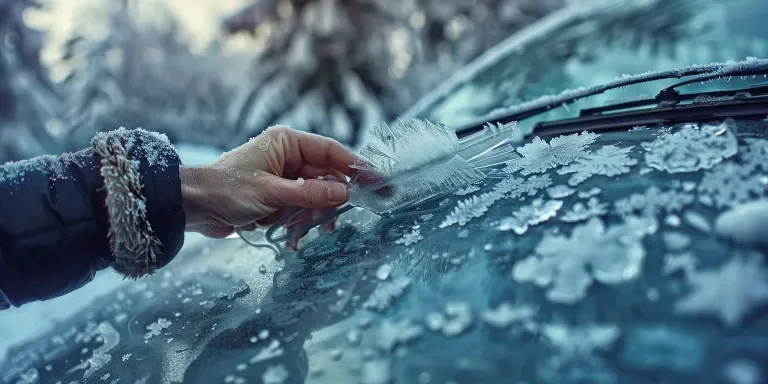As winter approaches, drivers face the perennial challenge of removing ice from their windshields. Not only is this task essential for visibility and safety, but it also requires a careful approach to prevent damage to the windshield. In this article, we delve into the most effective methods to get ice off your windshield, combining technical insights with practical advice. From understanding the science of ice formation to exploring the latest tools and techniques, we’ve got you covered.
Table of Contents:
– Understanding ice formation on windshields
– The do’s and don’ts of ice removal
– Effective tools for de-icing your windshield
– Homemade solutions for ice removal
– Preventive measures to keep your windshield ice-free
Understanding ice formation on windshields:
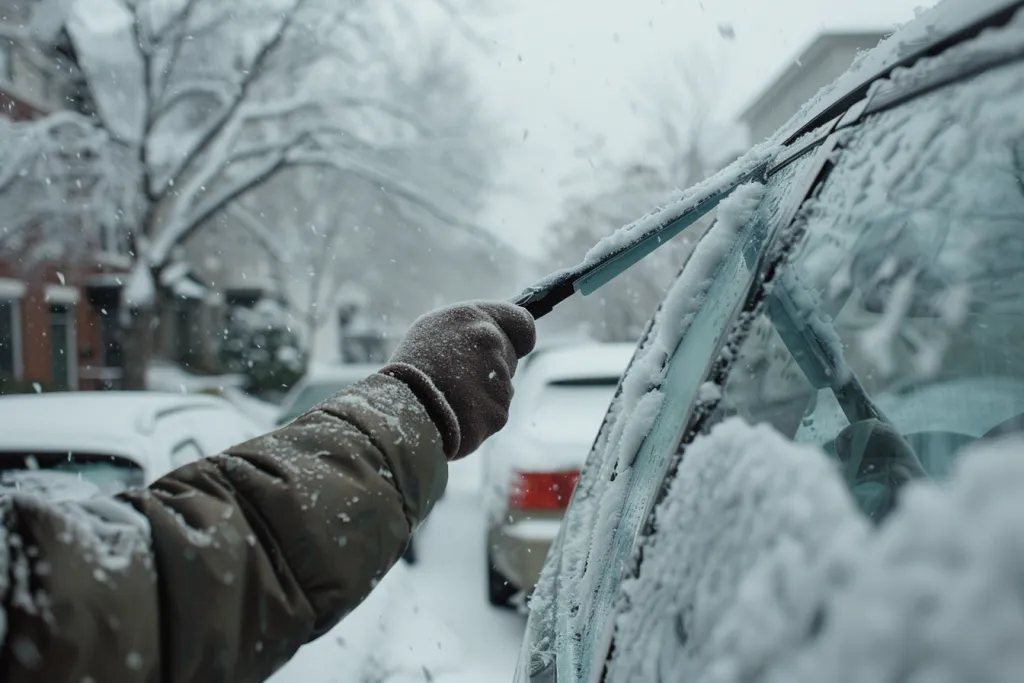
Ice formation on windshields is a common occurrence in cold weather, resulting from a combination of temperature, humidity, and surface conditions. When the temperature of the windshield drops below freezing, moisture in the air condenses and freezes upon contact with the glass. Understanding this process is crucial for selecting the right de-icing methods that are both effective and safe for your vehicle.
The do’s and don’ts of ice removal:
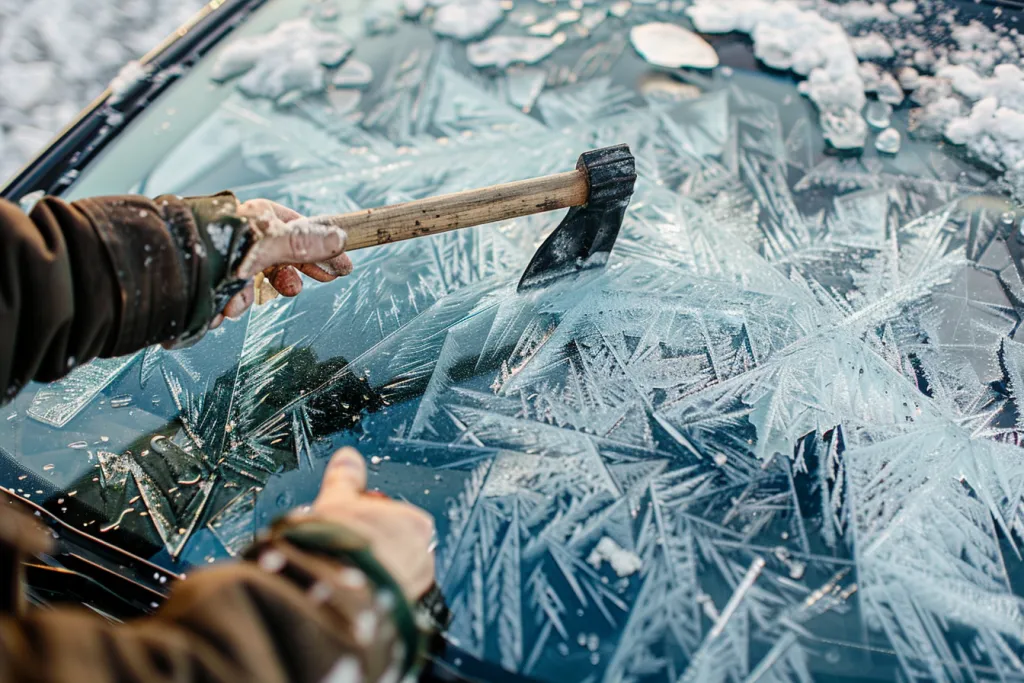
When it comes to removing ice from your windshield, certain practices can minimize the risk of damage. Do use a plastic ice scraper designed for automotive glass and consider warming your car for a few minutes to loosen the ice. However, don’t pour hot water on the windshield, as the sudden temperature change can cause the glass to crack.
Effective tools for de-icing your windshield:
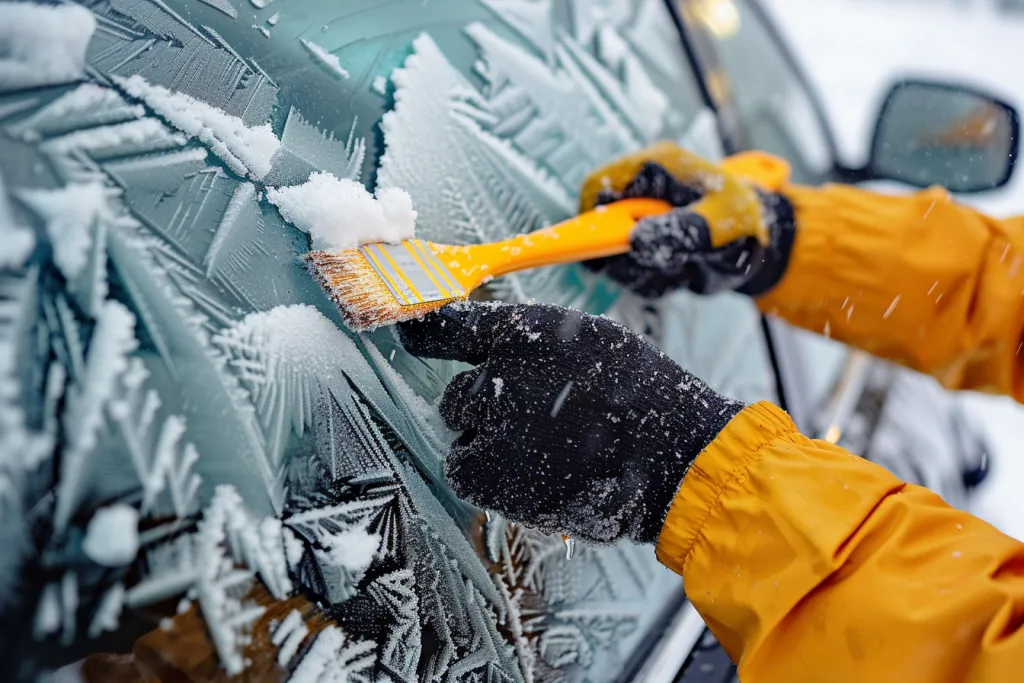
Several tools and products can make the ice removal process easier and more efficient. Ice scrapers with a soft grip and durable blade are essential for manually clearing ice without scratching the glass. De-icing sprays, which lower the freezing point of water, can also be applied to the windshield to simplify the scraping process.
Homemade solutions for ice removal:

For those who prefer a DIY approach, homemade de-icing solutions can be effective and cost-efficient. A popular recipe involves mixing three parts vinegar with one part water in a spray bottle. Spraying this solution on the windshield the night before can prevent ice from forming. Another option is a mixture of isopropyl alcohol and water, which can be used to melt existing ice.
Preventive measures to keep your windshield ice-free:
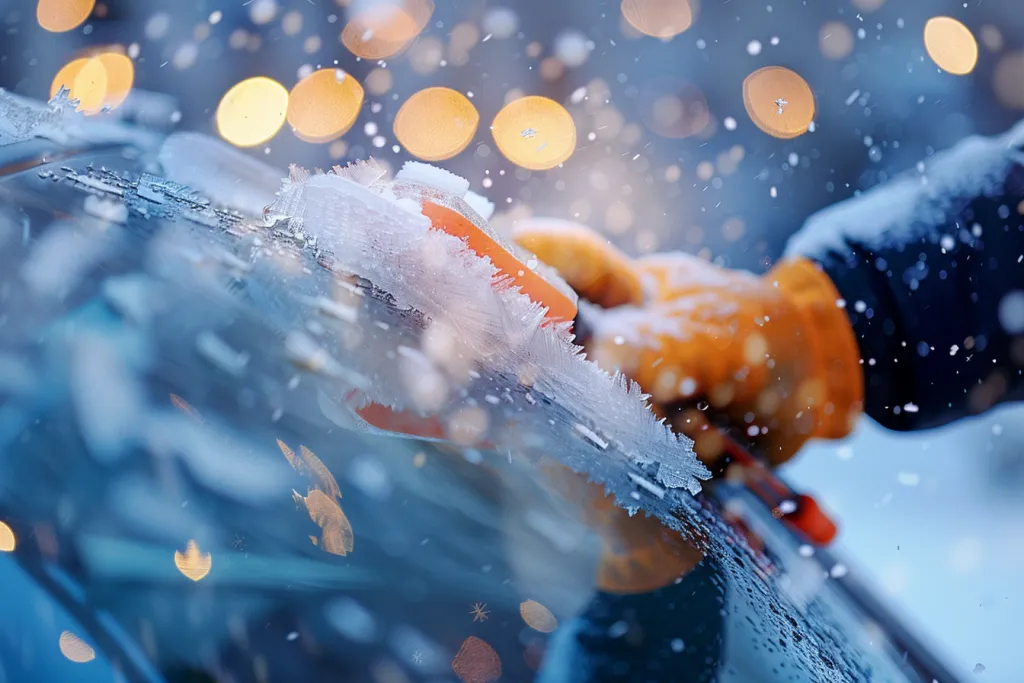
Preventing ice formation is often easier than removing it. Covering your windshield with a frost guard or a piece of cardboard at night can protect it from the elements. Applying a hydrophobic coating to the windshield can also reduce moisture accumulation and ice formation.
Conclusion:
Removing ice from your windshield is a crucial winter safety practice, but it doesn’t have to be a daunting task. By understanding the science behind ice formation and utilizing the right tools and techniques, you can keep your windshield clear and your vision unobstructed. Remember, taking preventive measures can save you time and effort in the long run. Stay safe and warm this winter.
